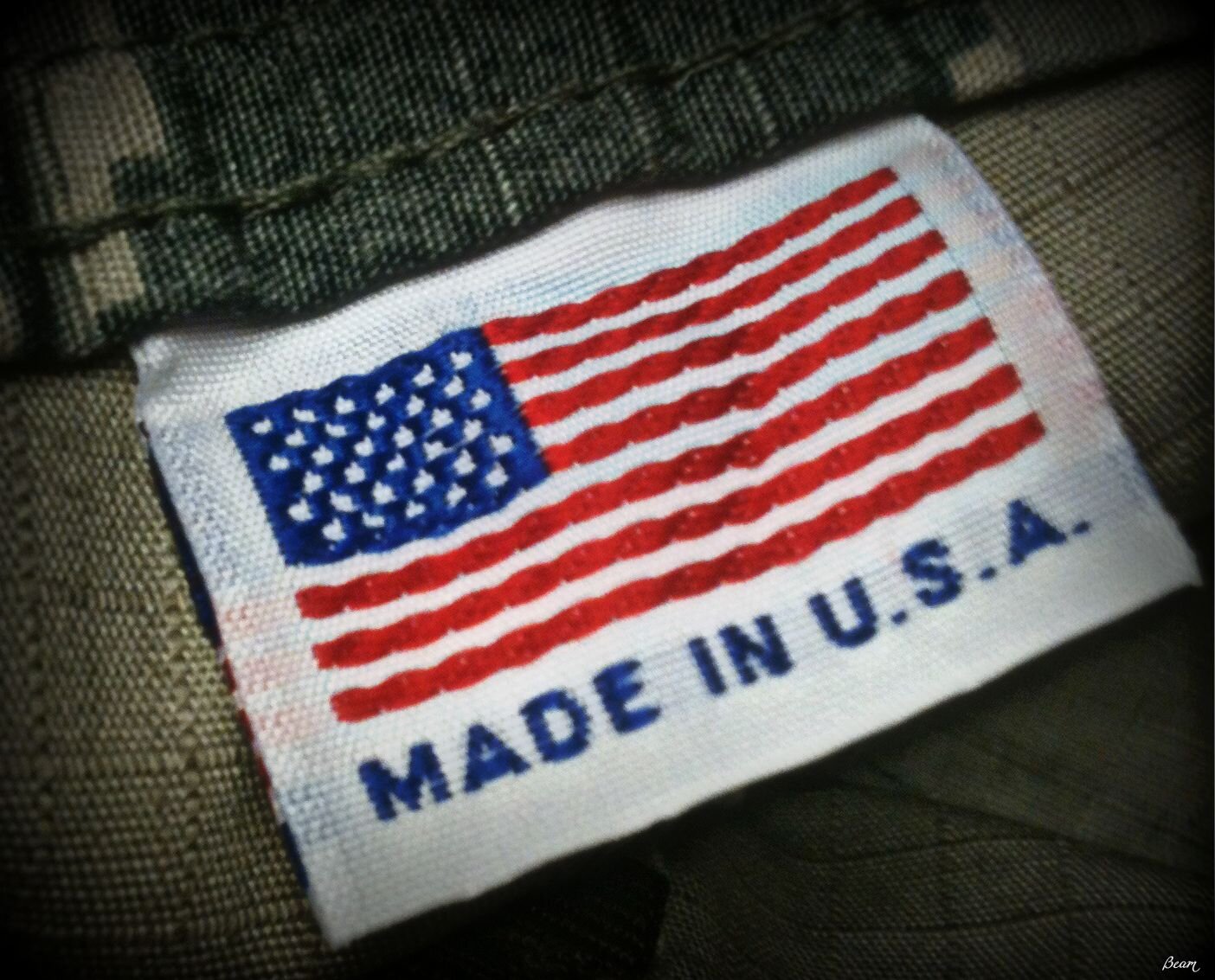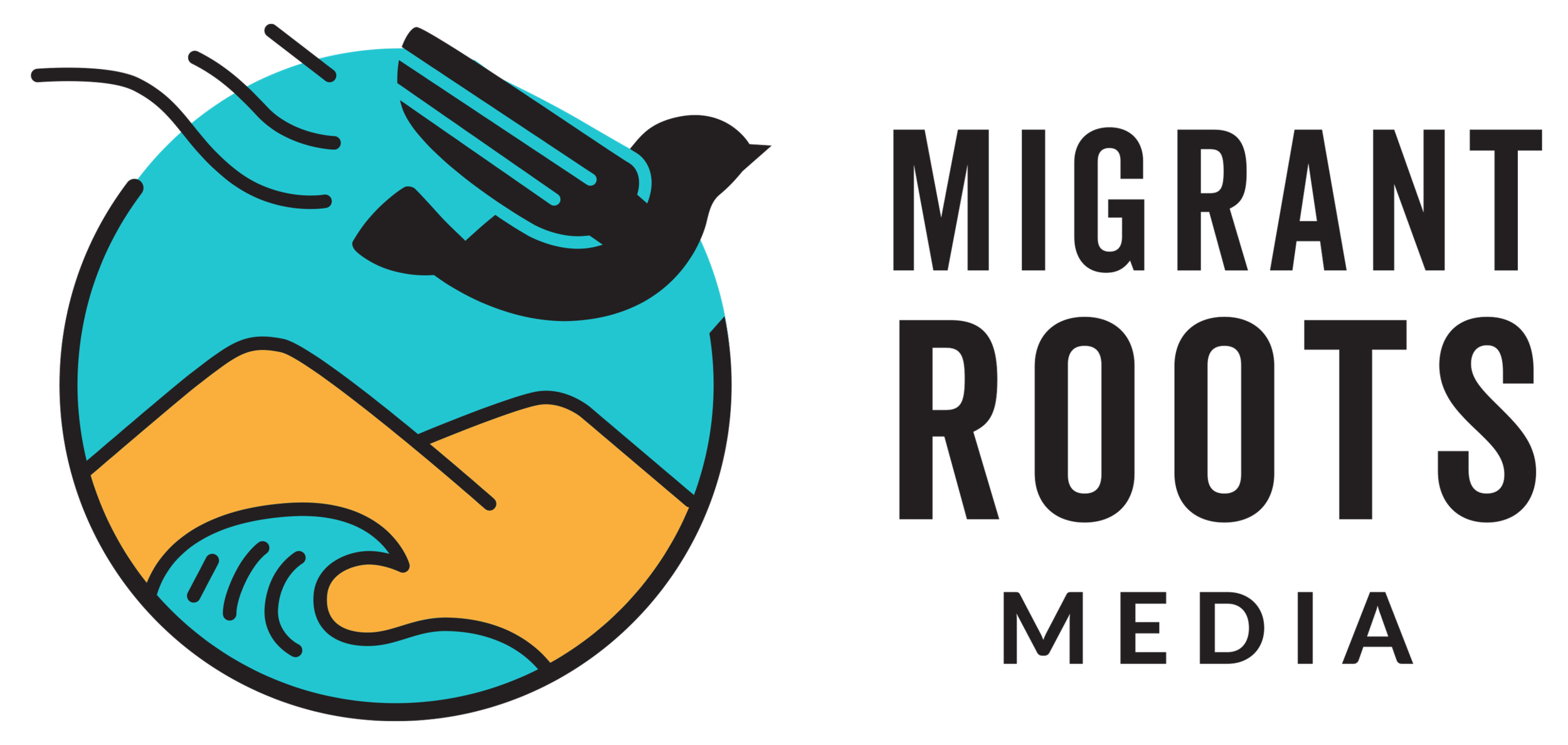Made in USA: Images of Incarcerated Mareros Perpetuate Fear of Migrants Amidst COVID-19
“La Mara Salvatrucha (MS-13) and Barrio 18, two of Latin America’s most infamous street gangs, originated in Los Angeles in the 1980s and were exported to Central America via the U.S. deportation machine. The gangs’ origins coincide with the start of the Salvadoran Civil War (1980-1992), whose primary actors were the Marxist-Leninist guerilla group known as the Farabundo Martí National Liberation Front (FMLN) and the heavily U.S.-supported, repressive military government of El Salvador. Waves of Salvadorans were forcibly displaced from their communities throughout the course of the war, many fled to Los Angeles to escape violence, poverty, and instability.”


